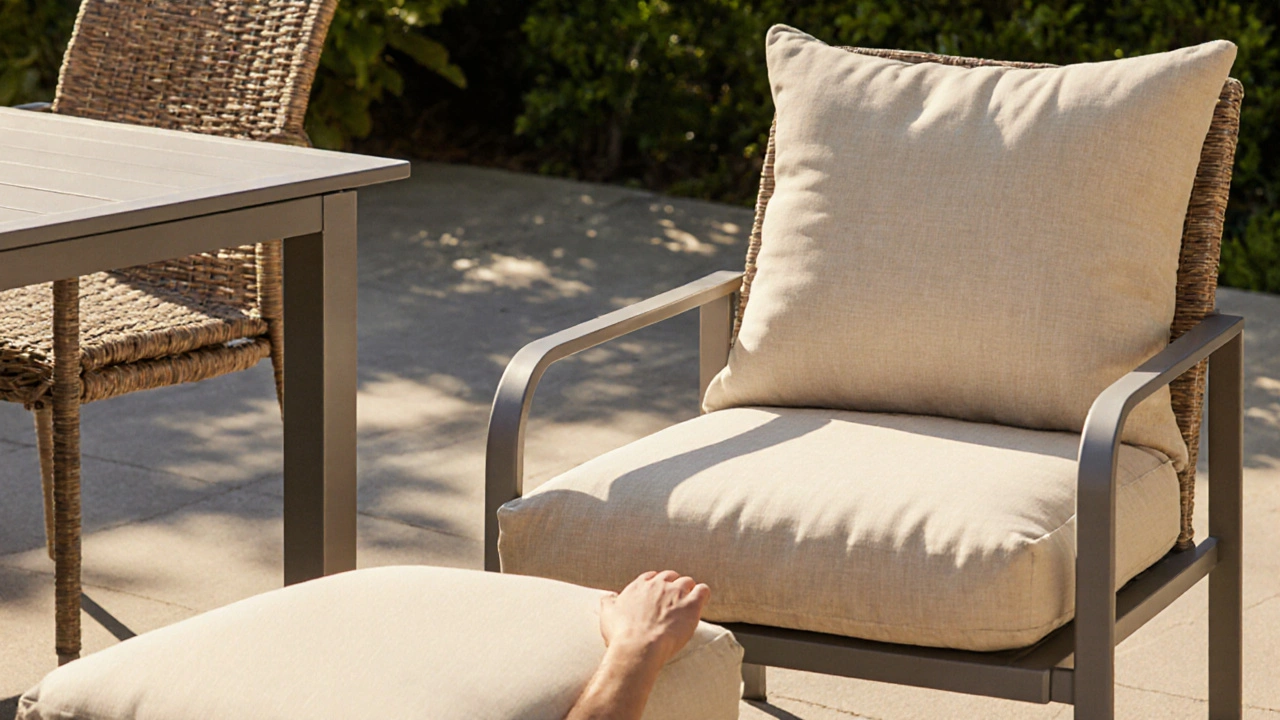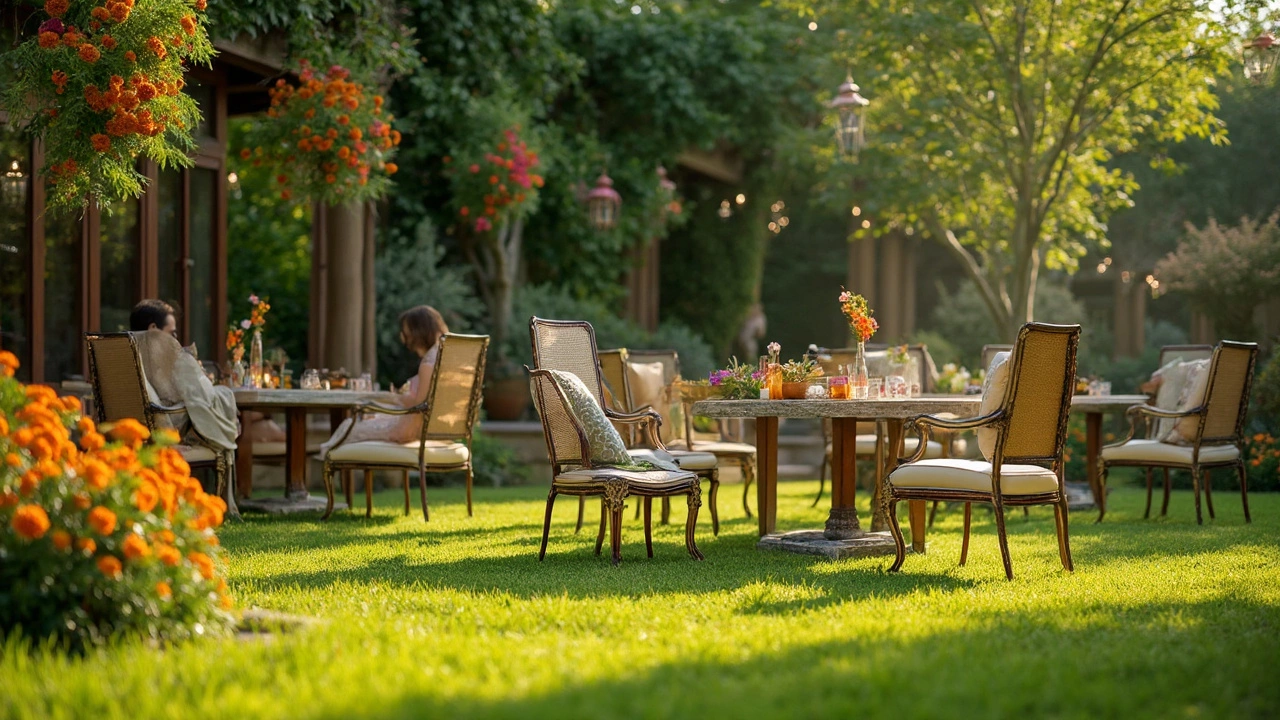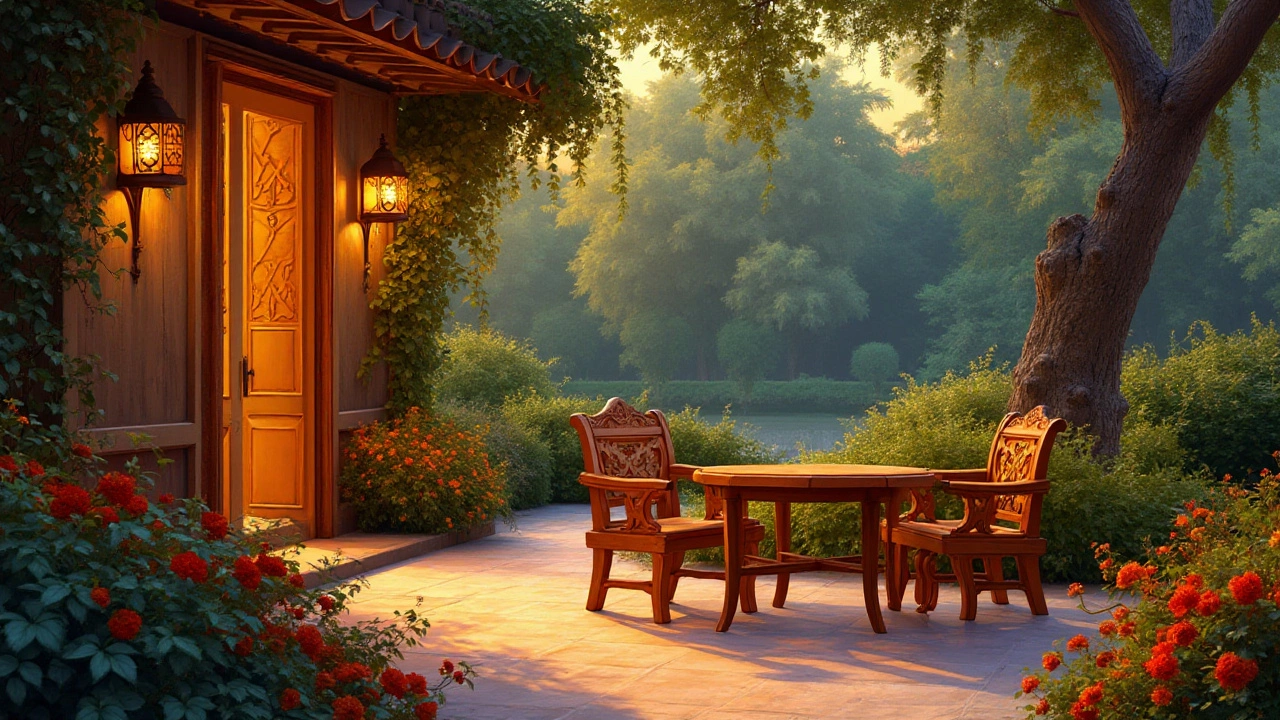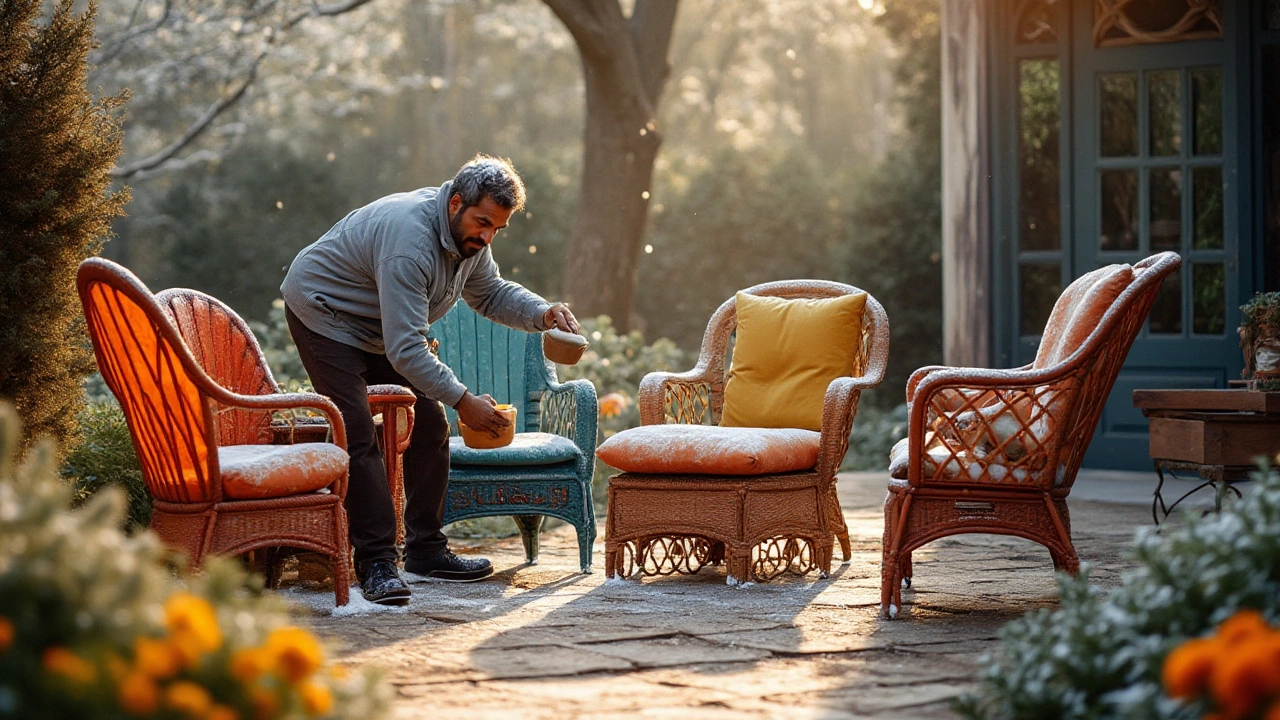Garden Furniture: Styles, Buying Tips, and Easy Care
Thinking about sprucing up your backyard? The right garden furniture can turn a plain yard into a relaxing hangout spot. Whether you have a tiny balcony or a big lawn, there’s a set that fits your space, budget, and vibe. Below you’ll find simple advice on picking pieces that work for you and how to keep them looking fresh without spending a fortune.
Choosing the Right Garden Furniture for Your Space
First, measure the area you plan to fill. Grab a tape, note the length, width, and any walkways. This prevents the nightmare of a couch that blocks the door. Next, think about how you’ll use the space. Do you host weekend barbecues? Then sturdy tables and stackable chairs are a must. If you just want a quiet reading nook, a comfy lounge chair with a cushion is enough.
Material matters. Aluminum frames are light, rust‑proof, and easy to move. Wicker looks natural but needs a protective coating if you live in a rainy climate. Teak is beautiful and naturally oil‑rich, but it’s pricier and needs occasional sealing. Match the material to your local weather – the right choice saves you trouble later.
Don’t forget comfort. Test the seat depth and back support before buying. A good rule of thumb: the cushion should be about 5‑6 inches thick for a cozy feel, and the arm height should line up with your elbows when you’re sitting relaxed. If you’re shopping online, look for detailed dimensions and customer photos.
Simple Maintenance to Make Your Outdoor Pieces Last
Keeping garden furniture in shape is easier than you think. Start with a quick clean after each season. Use a mild soap, a soft brush, and a hose to rinse off dust, pollen, or bird droppings. Avoid pressure washers on soft woods – they can splinter the surface.
If you have metal frames, wipe them down with a cloth dipped in vinegar or a rust‑removing spray. For wicker, toss a cover on when you’re not using the set. A breathable, waterproof cover shields against rain while letting moisture escape, which stops mold from forming.
Wooden pieces need a bit more love. Apply a teak oil or exterior sealer once a year to keep the wood from cracking. Sand any rough spots before re‑coating to ensure a smooth finish. For painted metal, a touch‑up of rust‑inhibiting paint will keep the color bright and the metal solid.
Store cushions inside when they get wet or during harsh winters. A dry, well‑ventilated spot prevents mildew. If you can’t bring them indoors, use a waterproof cushion cover and let them dry in the sun before folding them up.
Lastly, plan a seasonal check‑up. Look for loose screws, wobbly legs, or cracked frames. Tighten bolts, replace damaged parts, and you’ll avoid bigger repairs down the road. A little effort every few months means your garden furniture stays inviting for years.
With the right pieces and a simple care routine, your outdoor area can become the go‑to spot for family meals, sunset drinks, or lazy afternoons. Start with these basics, and you’ll enjoy a beautiful, functional garden space without the headache of constant upkeep.
Best Items to Place Under Garden Furniture for Comfort, Protection & Style
Learn the essential items to place under garden furniture-cushions, covers, rugs, and accessories-to boost comfort, protect against weather, and keep your patio looking fresh.
How to Keep Garden Furniture from Rotting: Foolproof Tips That Work
Tired of garden furniture slowly falling apart outside? This article breaks down exactly why garden furniture rots and shares simple, practical steps that actually keep your chairs, benches, or tables looking fresh year after year. Learn about the best protective coatings, the impact of proper placement, and how easy regular checks can stop rot before it starts. Find out which materials outlast others in rough weather. Take the guesswork out of keeping your outdoor setup in tip-top shape.
Easiest Outdoor Furniture to Maintain
Choosing outdoor furniture that is easy to maintain can save time and effort, allowing you to enjoy your garden more. Materials like aluminum and plastic are known for their low upkeep, making them popular choices. Understanding the pros and cons of different materials can help you make an informed decision. Additionally, using protective covers and cleaning regularly can extend the life of your furniture. Discover tips and facts to keep your outdoor space beautiful with minimal hassle.
Preventing Your Garden Furniture from Sinking in Grass
Discover practical methods to stop your garden furniture from sinking into grass. Learn about leveling techniques, choosing the right materials, and effective placement to preserve your lawn and maintain the aesthetic of your outdoor space.
The Ultimate Guide to Durable Garden Furniture Materials
Choosing garden furniture requires balancing aesthetics with durability to withstand the natural elements. From teak's timeless appeal to aluminum's lightweight resistance, this guide explores several durable materials ideal for outdoor settings. Learn their unique strengths and weaknesses, along with tips to maintain them and protect them from weather damage. Discover which options best suit various climates and lifestyle needs. Dive into practical advice for making informed decisions about your outdoor investment.
Winter Care for Garden Furniture: Tips and Tricks
Winter can pose challenges for garden furniture, but with proper care, your pieces can withstand the harsh weather. This article offers insights into how different materials react to cold and moisture, and provides practical steps to protect furniture such as storage solutions, cleaning methods, and protective treatments. Learn how to maintain your outdoor space so it remains inviting and functional, even during winter.










